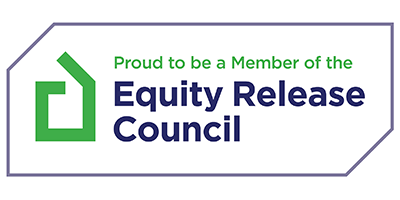In this article
Property investors often need fast, flexible financing, especially when a time-sensitive opportunity arises.
A bridging loan can provide a short-term solution for those looking to buy a rental property, particularly when a traditional mortgage isn’t immediately available.
Whether it’s the right option depends on several factors, including how the loan will be repaid.
Why Use a Bridging Loan for a Buy to Let Investment?
Bridging loans can be useful when a buy-to-let mortgage isn’t possible straight away.
This could be because the property isn’t in a suitable condition to secure long-term finance, or because the purchase needs to be completed quickly.
Some landlords use bridging loans for auction properties, where deadlines for completion are much shorter than standard mortgage timeframes.
Others use them to renovate a property before refinancing onto a buy-to-let mortgage, which can help increase the property’s value and rental potential.
Since bridging finance is designed to be temporary, it’s important to have a clear repayment strategy.
Most investors either sell the property for a profit or refinance with a buy-to-let mortgage once the necessary work has been completed.
Understanding Regulated and Unregulated Bridging Loans
Bridging loans for buy-to-let investments are typically unregulated bridging loans, meaning they do not fall under the Financial Conduct Authority’s (FCA) rules.
This is because they are usually taken out for business purposes rather than personal use.
A regulated bridging loan would only apply if the borrower or a family member planned to live in the property, even if just temporarily.
If you would like to learn more about regulated bridging loans, how they differ and what they’re used for, our guide on 4 Things You Need to Know About Regulated Bridging Loans provides a more detailed breakdown.
Costs and Eligibility for Bridging Loans
Bridging loans tend to have higher interest rates than standard mortgages due to their short-term nature. Additional costs may include arrangement fees, valuation fees, and legal expenses.
Lenders will assess various factors before approving a bridging loan, such as credit history, the property’s potential rental income, and the investor’s exit strategy.
Choosing the Right Finance for Your Buy to Let
Bridging loans allow investors to act quickly, but planning for repayment is essential.
Many landlords refinance with a buy-to-let mortgage once the property qualifies, securing a long-term, lower-interest option.
If you’re unsure which option best suits your situation, UK Moneyman can offer advice on the most suitable financing route.







